It's no secret, the contribution made to astronomy and spaceflight over the centuries, but it's also no secret how those contributions have often gone entirely unnoticed or been undervalued.
We've taken a look back at some of the women who changed the way we observe and explore the cosmos forever.
1
Maria Winckelmann (1670-1720)
Denied the role of astronomer at Royal Academy of Science in Berlin
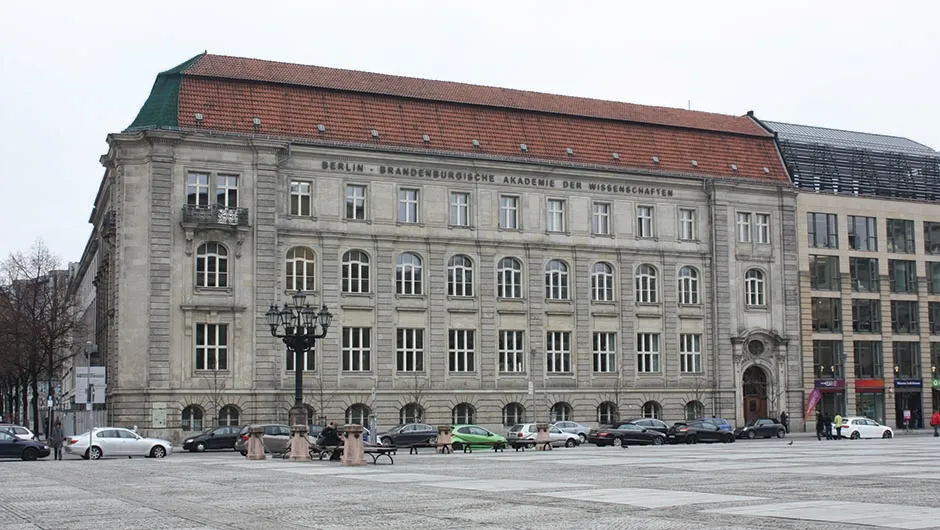
Maria Winckelmann was taught first by her father, then by her uncle and then by an astronomer and farmer near Leipzig, Christoph Arnold.
Through Arnold she met and later married the astronomer Gottfried Kirch, 30 years her senior, who was well established as astronomer and calendar maker at the Royal Academy of Science, Berlin.
He helped her continue her education and soon they were collaborating on observations, calculations and the production of calendars and almanacs.
In 1710 Gottfried died, and Maria assumed she would take over his role.
The academy council however ruled against it because of her sex, and the post was given to the relatively inexperienced Johann Heinrich Hoffmann instead.
2
Louise du Pierry (1746-date unknown)
Hero of Caroline Herschel, student of Jérôme de Lalande, and the first female professor at the Sorbonne
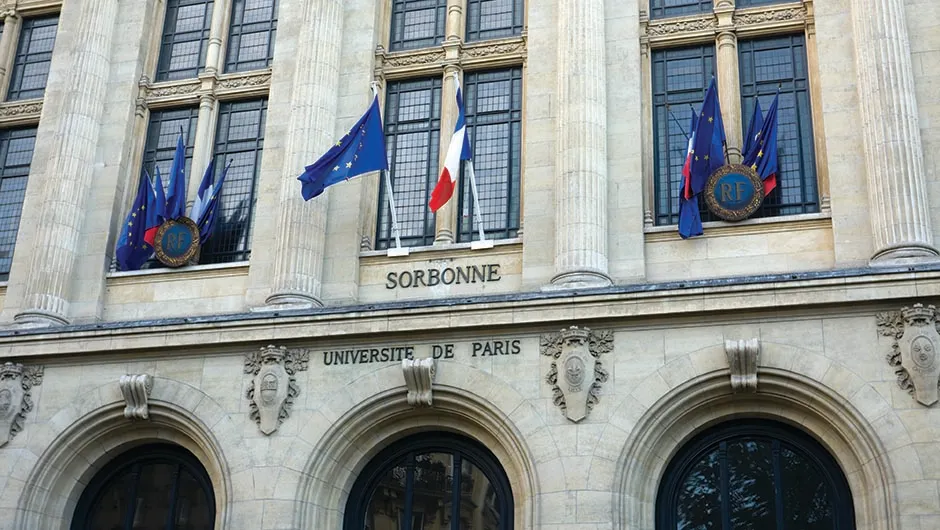
Louise du Pierry was a student of Jérôme de Lalande in 1779. 10 years later she became the first female professor at the Sorbonne in Paris.
There she introduced a course in astronomy aimed (for the first time) at female students.
Her research was mainly in positional astronomy: she predicted eclipses and calculated tables of the length of day and night; she also assembled refraction tables.
Lalande, in his 1785 book Astronomie des Dames described her as a role model for other women because of her intellectual abilities.
Caroline Herschel called her a “fortunate rival” due to her superior knowledge of calculus.
3
Janet Taylor (1804-1870)
Astronomer, teacher, and instrumentmaker for mariners
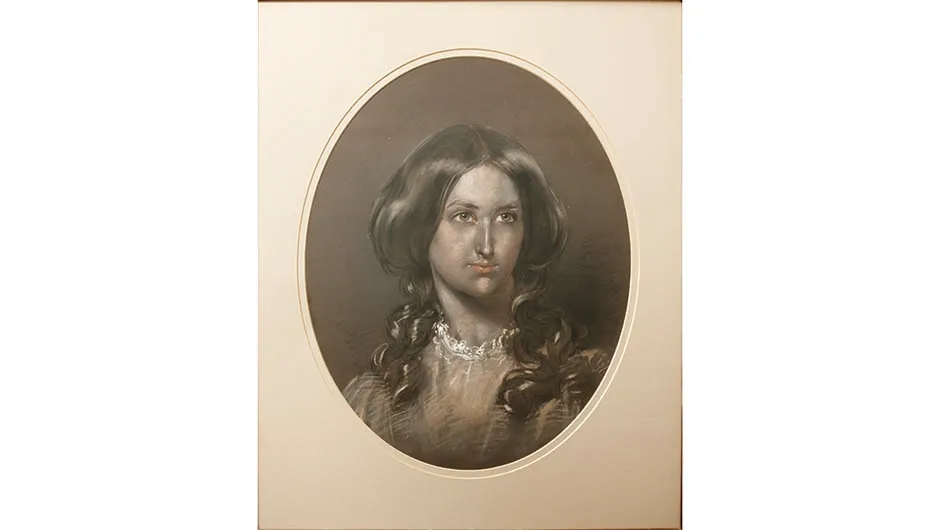
Janet Taylor (born Janet Ionn) published extensively on both astronomy and navigation and ran a successful academy which was used by the East India Company and the Admiralty.
She was also an instrument maker, and ran a warehouse producing, distributing and repairing navigational instruments.
Although teaching was a well-established career for a woman in the 19th century, it was much less common to find women making their own scientific instruments.
And Taylor not only made instruments: she designed new ones.In 1834 she patented a design for a mariner’s calculator.She was awarded a Civil List pension in 1860 for her work in navigation.
4
Mary Adela Blagg (1858-1944)
Among the first women to be elected Fellow of the Royal Astronomical Society
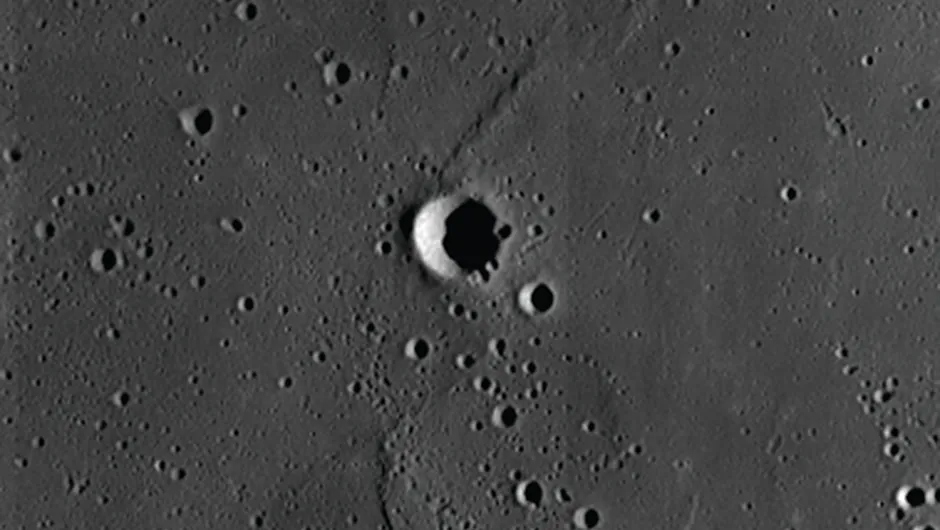
Mary Blagg was from Cheadle in Staffordshire and lived there her whole life.
She taught herself mathematics by reading her brother’s textbooks and later enrolled in a course – taught by John Herschel’s grandson, Mr J A Hardcastle – which ignited her interest in astronomy.
Her main field of research was the Moon (there is a crater named after her) and she published catalogues of lunar formations, working out of the lunar section of the International Astronomical Union.
Blagg worked on variable stars too and for that work was elected – alongside four other women – a Fellow of the Royal Astronomical Society in 1916.
5
Mae Jemison (1956-present)
The first African-American woman in space could have chosen dancing
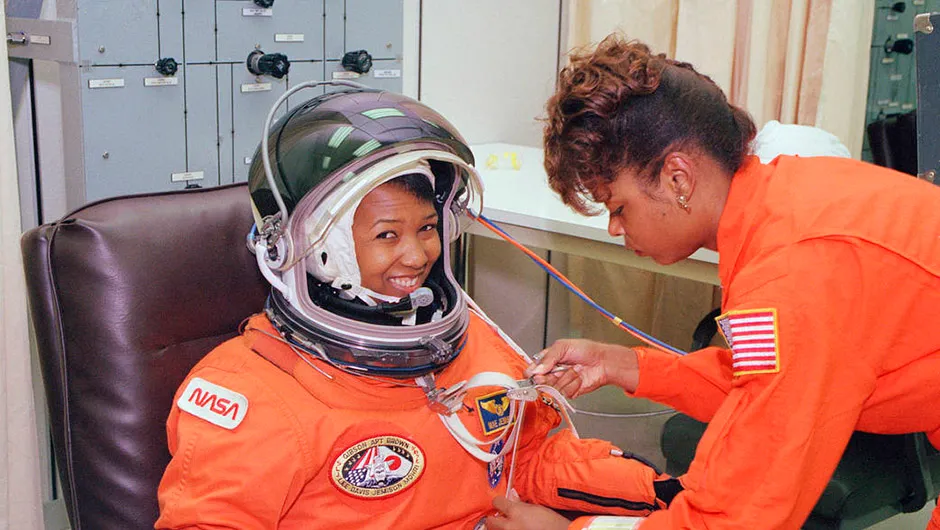
Mae Jemison could not decide between a career in dance or medicine. On her mother’s advice, she decided on medicine, with dance as a hobby.
First however, she went to Stanford University aged just 16, graduating in chemical engineering. After that she went to medical school and then onto the Peace Corps.
In 1983 she applied for NASA’s astronaut programme and in 1992 joined the crew on the Space Shuttle Endeavour, living in space for eight days, carrying out experiments on weightlessness and motion sickness.
In 1993 she resigned from NASA to set up her own technology business.Currently she lectures, campaigns and runs businesses and a foundation.
6
Caroline Moore (1994-present)
A young woman who discovered a rare supernova at the age of 14
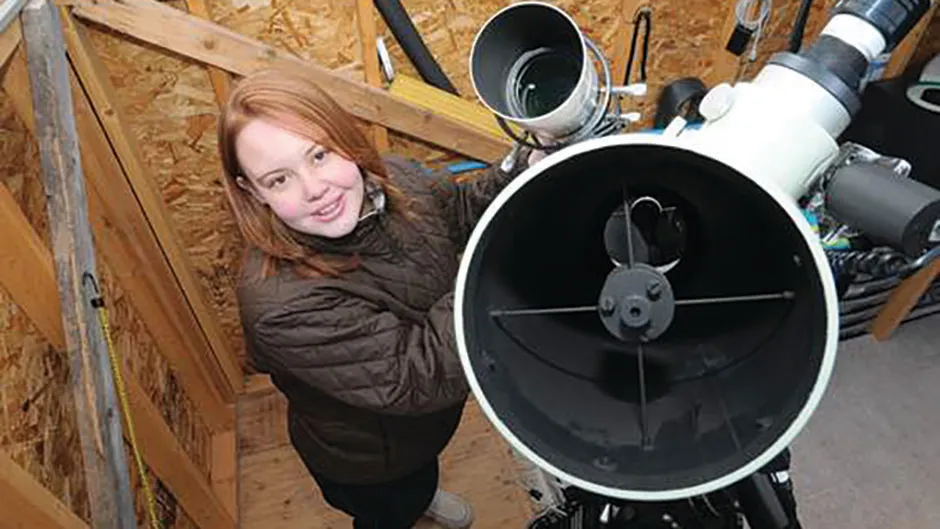
Caroline Moore was 10 years old when she was given a telescope for Christmas.She joined a local astronomy society with her father and went on to join the Puckett Observatory Supernova Search Team as a data searcher.
Caroline’s job was to study old and new pictures of the same piece of sky and look for differences.In 2008 she spotted a faint difference she couldn’t find reference to anywhere else.That difference was supernova SN 2008ha.
